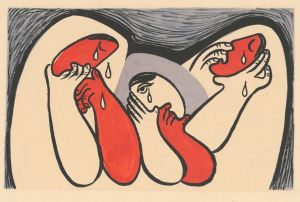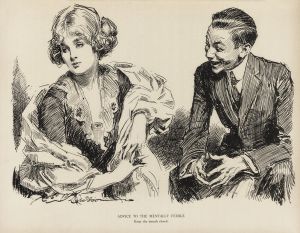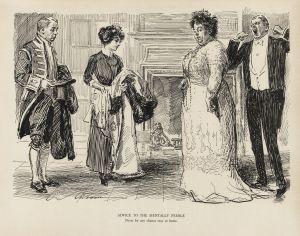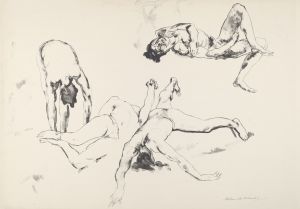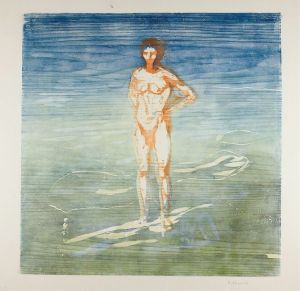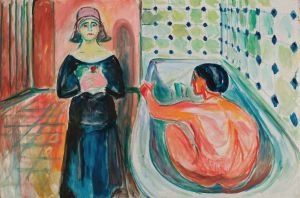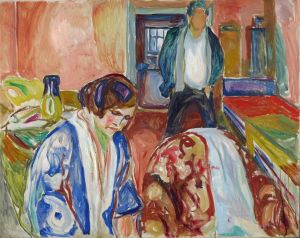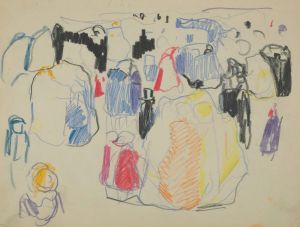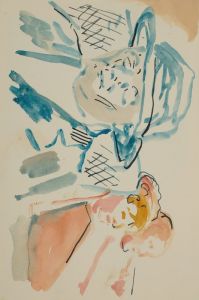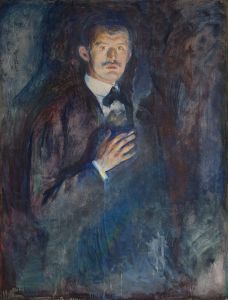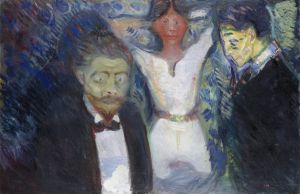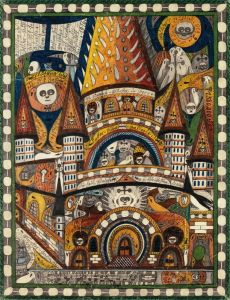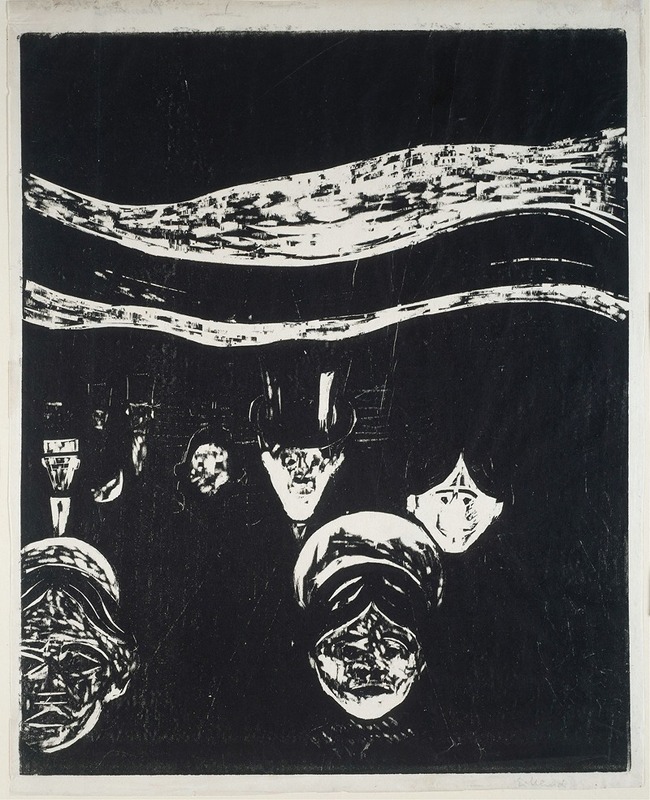
Anxiety
A hand-painted replica of Edvard Munch’s masterpiece Anxiety, meticulously crafted by professional artists to capture the true essence of the original. Each piece is created with museum-quality canvas and rare mineral pigments, carefully painted by experienced artists with delicate brushstrokes and rich, layered colors to perfectly recreate the texture of the original artwork. Unlike machine-printed reproductions, this hand-painted version brings the painting to life, infused with the artist’s emotions and skill in every stroke. Whether for personal collection or home decoration, it instantly elevates the artistic atmosphere of any space.
Anxiety is an oil on canvas painting created by Norwegian artist Edvard Munch in 1894. It is considered one of Munch's significant works and is closely related to his iconic painting The Scream. Like many of Munch's works, Anxiety explores themes of existential dread, emotional turmoil, and the human condition, reflecting the artist's deep engagement with psychological and philosophical concerns.
The painting depicts a group of figures standing on a bridge, their faces marked by expressions of despair and unease. The figures are dressed in dark clothing, and their pale, mask-like faces convey a sense of detachment and inner turmoil. The background features a swirling, blood-red sky and a dark, undulating landscape, elements that contribute to the painting's intense and unsettling atmosphere. The bridge and the setting are believed to be inspired by the Kristiania (now Oslo) Fjord, a location that appears in several of Munch's works.
Anxiety is often interpreted as a broader representation of collective human suffering, in contrast to the more personal anguish depicted in The Scream. The figures in Anxiety lack individuality, emphasizing a shared emotional experience rather than a singular perspective. This theme aligns with Munch's broader artistic focus on universal human emotions and existential struggles.
The painting is part of Munch's series known as The Frieze of Life, a collection of works that explore themes of love, anxiety, death, and existential despair. Munch described this series as a "poem of life, love, and death," and it includes some of his most famous pieces, such as The Scream, Madonna, and The Dance of Life. Anxiety serves as a visual exploration of the darker aspects of the human psyche, a recurring theme throughout Munch's career.
Edvard Munch's style in Anxiety is characteristic of his broader body of work, which is often associated with Symbolism and early Expressionism. His use of bold colors, distorted forms, and dramatic compositions conveys intense emotional states and psychological depth. These stylistic choices had a significant influence on the development of modern art, particularly the Expressionist movement.
Today, Anxiety is recognized as an important example of Munch's ability to capture complex emotional experiences through his art. The painting is housed in the Munch Museum in Oslo, Norway, which holds a large collection of the artist's works and serves as a major center for the study and appreciation of his legacy.





